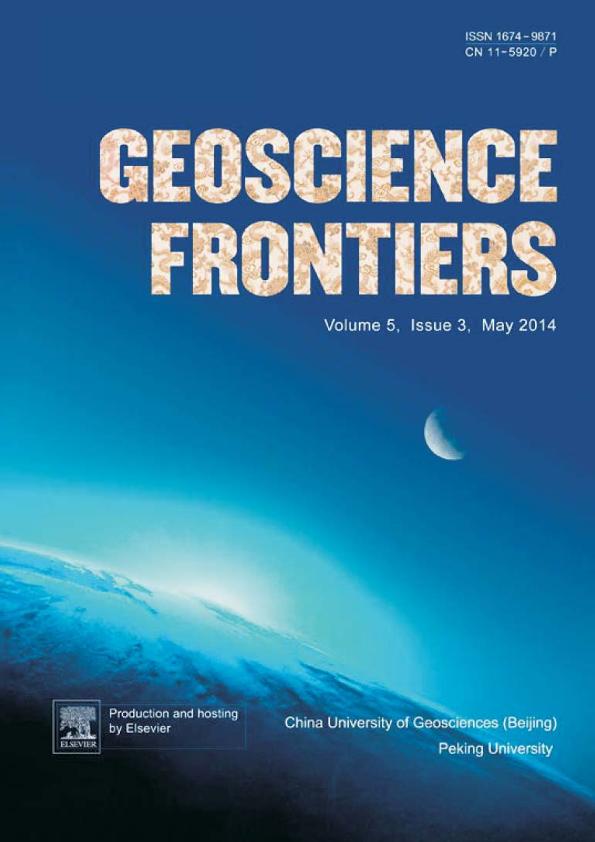Artículo
An Andean tectonic cycle: From crustal thickening to extension in a thin crust (34°-37°SL)
Ramos, Victor Alberto ; Litvak, Vanesa Dafne
; Litvak, Vanesa Dafne ; Folguera Telichevsky, Andres
; Folguera Telichevsky, Andres ; Spagnuolo, Mauro Gabriel
; Spagnuolo, Mauro Gabriel
 ; Litvak, Vanesa Dafne
; Litvak, Vanesa Dafne ; Folguera Telichevsky, Andres
; Folguera Telichevsky, Andres ; Spagnuolo, Mauro Gabriel
; Spagnuolo, Mauro Gabriel
Fecha de publicación:
01/2014
Editorial:
Elsevier Science
Revista:
Geoscience Frontiers
ISSN:
1674-9871
Idioma:
Inglés
Tipo de recurso:
Artículo publicado
Clasificación temática:
Resumen
Several orogenic cycles of mountain building and subsequent collapse associated with periods of shallowing and steepening of subduction zones have been recognized in recent years in the Andes. Most of them are characterized by widespread crustal delamination expressed by large calderas and rhyolitic flare-up produced by the injection of hot asthenosphere in the subduction wedge. These processes are related to the increase of the subduction angle during trench roll-back. The Payenia paleoflat-slab, in the southern Central Andes of Argentina and Chile (34°–37°S) recorded a complete cycle from crustal thickening and mountain uplift to extensional collapse and normal faulting, which are related to changes in the subduction geometry. The early stages are associated with magmatic expansion and migration, subsequent deformation and broken foreland. New ages and geochemical data show the middle to late Miocene expansion and migration of arc volcanism towards the foreland region was associated with important deformation in the Andean foothills. However, the main difference of this orogenic cycle with the previously described cycles is that the steepening of the oceanic subducted slab is linked to basaltic flooding of large areas in the retroarc under an extensional setting. Crustal delamination is concentrated only in a narrow central belt along the cordilleran axis. The striking differences between the two types of cycles are interpreted to be related to the crustal thickness when steepening the subducting slab. The crustal thickness of the Altiplano is over 60–80 km, whereas Payenia is less than 42 km in the axial part, and near 30 km in the retroarc foothills. The final extensional regime associated with the slab steepening favors the basaltic flooding of more than 8400 km3 in an area larger than 40,000 km2, through 800 central vents and large fissures. These characteristics are unique in the entire present-day Andes.
Palabras clave:
Andes
,
Retroarc Magmatism
,
Basaltic Floods
,
Crustal Delamination
Archivos asociados
Licencia
Identificadores
Colecciones
Articulos(IDEAN)
Articulos de INSTITUTO DE ESTUDIOS ANDINOS "DON PABLO GROEBER"
Articulos de INSTITUTO DE ESTUDIOS ANDINOS "DON PABLO GROEBER"
Citación
Litvak, Vanesa Dafne; Spagnuolo, Mauro Gabriel; Folguera Telichevsky, Andres; Ramos, Victor Alberto; An Andean tectonic cycle: From crustal thickening to extension in a thin crust (34°-37°SL); Elsevier Science; Geoscience Frontiers; 5; 3; 1-2014; 351-367
Compartir
Altmétricas



